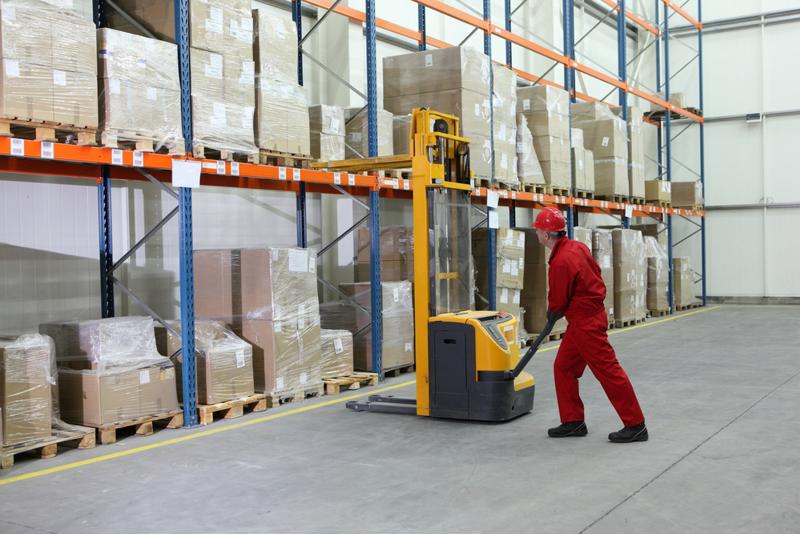If you're concerned about your operational efficiency in your supply chain business overall, one of the biggest things you should be worried about is your facility's safety record. After all, even a single accident or mishap can lead to worker injury, and shut down part or all of your facility for days.
With that in mind, even basic steps can help improve your overall safety record can go a long way, and any measures you take should include the following:
1) Clean more often
Not only is this a good idea simply from a tidiness standpoint, but when debris is allowed to pile up in your facility, it poses a slipping and tripping hazard that can lead to workplace injuries, according to Material Handling & Logistics. For that reason, it's good to institute a policy of never thinking trash pickup is someone else's problem, and that includes getting managers to focus on the change. It's also a good idea to have people sweep and mop more often over the course of a week.
2) Think about ergonomics
Your workers likely go through a lot of repetitive motions during the day, and something as simple as bending down a few dozen times per day can lead to wear and tear on the body, Material Handling & Logistics noted. With that in mind, any changes you can make to ensure workers can stay comfortable throughout the day could go a long way toward avoiding a repetitive stress injury.

3) Provide protective gear
Other, more general concerns about workplace injuries, from falling items, nicks, cuts and so on need to be address on an ongoing basis, with proper protection provided at all times, according to Flash Global. That can include everything from hard hats and work gloves to eye protection, masks, heavy-duty footwear, etc.
4) Keep everyone informed
For many companies, new risks evolve as operations grow and change over time, and as such you need to continually evaluate whether there are issues you'll need to address with workers, Flash Global added. Meanwhile, it's important to ensure there's proper signage posted throughout your facility that warns everyone under your roof about the unique risks they may face in a given area.
5) Train employees on best practices
Training should be a regular part of any supply chain business operation, but those efforts should include instructions around safety efforts, whether they're new risks or refreshers about how to handle older ones, according to McCue. Even one mistake may lead to potentially catastrophic consequences, so it's wise to help everyone keep all the best practices at front of mind.
6) Only allow certified equipment users
If you operate heavy machinery anywhere on your property, it's vital to make sure that the people using those items are properly trained or certified to do so, McCue cautioned. That should go without saying for vehicles like forklifts, but even pallet jacks can pose serious risks to people who aren't fully aware of how they operate.
Simply put, companies in the supply chain can never take safety too seriously, and may need to do a bit more to ensure they're upholding the strongest possible posture.


Post A Comment:
0 comments so far,add yours